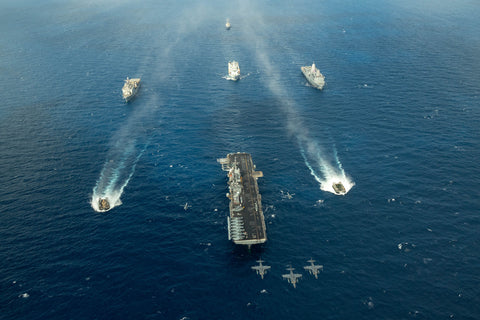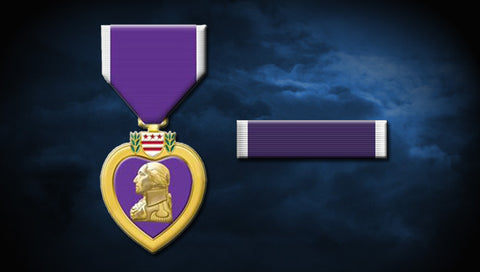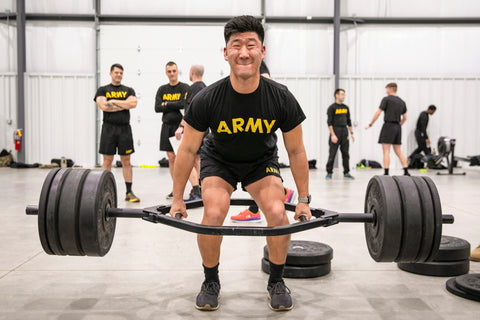What is MOS in Military? What Does it Mean?
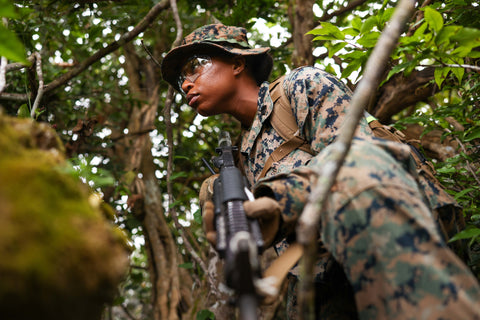
The armed forces are more than just impressive hardware and strategic operations—they're a mosaic of highly specialized tasks and roles, each crucial to the overall mission. Whether you're a freshly minted recruit or a civilian simply curious about the inner workings of the military, understanding the concept of Military Occupational Specialty (MOS) is paramount.
What is MOS in military?
At its core, an MOS is a term predominantly used by the U.S. military to designate various job roles within its branches. It's a system that organizes personnel by career field, with each number and letter representing a particular job. But MOS is more than just numbers and letters; it's a vocation, a career, and an identity within the military for every enlisted person and officer.
How MOS Works
Breaking down the acronym, "Military Occupational Specialty":
Military: The domain where service members commit to a higher calling.
Occupational: The job or trade one spends time learning and perfecting.
Specialty: The unique and critical skill set an individual brings to the force.
These alphanumeric codes provide a structured framework for the military to categorize and assign the vast array of jobs it encompasses. But more importantly, MOS allows for proper training, facilitates career progression, and ensures the right people are doing the right job.
It is important to note that the U.S. Army and U.S. Marine Corps are the primary users of the acronym, MOS. Other branches use various terms. For example, Navy uses "ratings" when mentioning navy enlisted classifications and the Air Force uses "Air Force Specialty Codes." It’s important to know that when asking about what is MOS in military because a rating and AFSC can mean the same thing as an MOS.
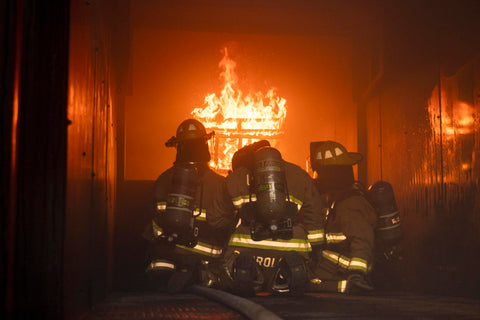
Connecting the Dots: MOS and The Unit
Each MOS within a unit is like a gear in a clock; it needs to be precisely calibrated and connected to ensure the entire mechanism functions at its highest level.
For example, in an infantry unit, you'd find an MOS such as:
11B (Infantryman)
11C (Indirect Fire Infantryman)
11Z (Infantry Senior Sergeant)
Here's how they work together:
The 11B provides the basic infantry punch, handling various tasks in combat situations. The 11C brings firepower and support, often with mortars and grenade launchers. The 11Z oversees and coordinates the operations of both, leveraging the experience to ensure success.
What is MOS in military in the infantry? It means a wide array of skills within an occupation that increases the Army’s lethality.
What is MOS in military special operations?
Certain special forces units, renowned for their rigorous selection criteria and intensive training, boast some of the most elite MOS designations. Think Navy SEALs, Army Green Berets, or Marine Corps Force Recon, where an MOS isn't just a job—it's a testament of extraordinary professionalism, dedication, and ability.
Members of these elite units may hold MOS like:
18X (Special Forces Candidates, U.S. Army) related to various special forces roles. 18-D (Special Forces Medical Sergeant) for medical personnel attached to the special forces. 0372 (Critical Skills Operator, Marine Corps Special Operations) for specialists in intelligence, linguistic, and combat support.

What is MOS in military career progression?
MOS isn't static. It's a dynamic field full of opportunities for development, growth, and specialization. Every step of the way, from basic training to advanced technical schools, to on-the-job experience, the military emphasizes the importance of continual learning to enhance one's MOS.
For example, moving up in the ranks might change an individual's MOS designation. A soldier who begins as an infantryman (11B) might, after years of experience and leadership training, become an infantry officer (11A), fundamentally changing their role within the unit.
What is MOS in military that is in High Demand?
In an age marked by technological advancements and asymmetric warfare, certain occupations have emerged as particularly vital and in demand. Cyber security specialists, intelligence analysts, and drone operators are just a few of the roles currently shaping the modern military landscape.
These MOS demand advanced training and a firm grasp on cutting-edge technology, reflecting the military's proactive stance in adapting to new threats and challenges.
What is MOS in military that you can prepare for?
For those considering a military career, preparation is key. Researching potential MOS options, understanding the training and qualification requirements, and speaking with recruiters and current service members can provide invaluable insights.
Physical readiness is paramount, as is the mental toughness to excel in the high-pressure environments often associated with military training and service. Additionally, a willingness to learn and adapt to new situations is an asset.
MOS and Personal Identity
To a service member, their MOS can be profoundly personal, representing not just a job but a part of themselves. It's the set of responsibilities they carry, the skills they've honed, and the pride they feel in their ability to contribute to their unit's objectives and the nation's security.
It's common to see soldiers, Marines, sailors, guardians, Coasties and airmen identify themselves by their MOS with the same passion and zeal that professionals in the corporate world might identify with their job titles. What is MOS in military for those in uniform? It is more than just identifying numbers and letters.
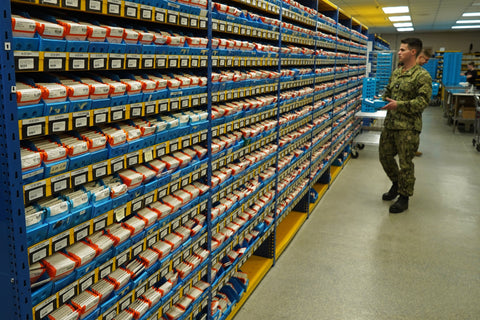
Closing Thoughts
MOS is the backbone of the military, an intricate network of roles and responsibilities that make up the structure and strength of our nation's defense. It's a system that bridges individual capabilities with the collective might of our armed forces, ensuring that each soldier, marine, sailor, and airman can serve to their fullest potential.
For the thousands who enlist each year, understanding and embodying their MOS is more than a duty; it's a commitment to honor, discipline, and the united effort of all in the defense of freedom. To those considering the call to service, remember that the breadth and depth of your MOS will represent one of the most rewarding and defining aspects of your military career.






